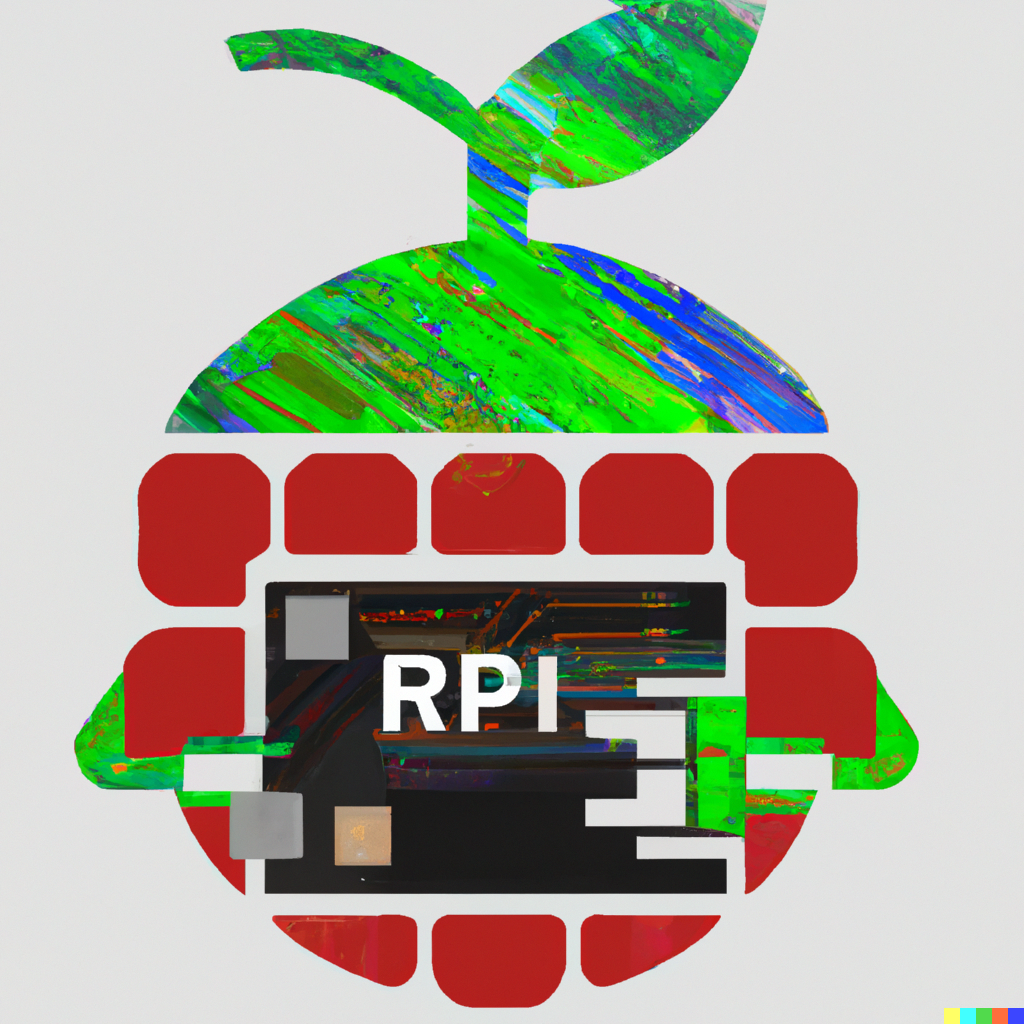Menu
Logo

When building and operating a Raspberry Pi-based robot, the software setup is one of the most crucial steps. It is important to have the correct operating system and software installed and configured properly to ensure that the robot functions as intended. In this blog post, we will take a look at the software setup process for a Raspberry Pi-based robot and how to troubleshoot common issues.
Operating System: The first step in the software setup process is to install the operating system on the Raspberry Pi. The most popular operating system for Raspberry Pi-based robots is Raspbian, which is a version of Debian Linux specifically designed for the Raspberry Pi.
Programming Languages: After installing the operating system, you will need to install the necessary programming languages to control the robot. The most commonly used programming languages for Raspberry Pi-based robots are Python and C. Python is a user-friendly language that is easy to learn and ideal for beginners, while C is more powerful and is better suited for advanced projects.
Libraries and Frameworks: In addition to programming languages, you will also need to install libraries and frameworks to control the robot's movements and sensors. Some popular libraries and frameworks include RPi.GPIO, pigpio, and pygame. These libraries allow you to control the robot's motors and sensors, and pygame is used for creating games and interactive applications.
Remote Control: To remotely control the robot, you will need to install additional software such as SSH, VNC, or Teamviewer. These tools allow you to access and control the Raspberry Pi from a remote computer or mobile device.
Debugging and Troubleshooting: To debug and troubleshoot any issues that may arise, it is important to have a good understanding of the software and hardware that you are using. You can use the command line tools like 'top' and 'ps' to check the running processes and the resources used. It's also useful to have a good understanding of the libraries and frameworks that you are using, and to be familiar with the debugging tools available for those languages.
In conclusion, software setup is an essential step in building and operating a Raspberry Pi-based robot. By following these tips and guidelines, you should be able to install and configure the necessary software to control your robot and troubleshoot any issues that may arise. Remember to always keep learning and experimenting, as this is the key to mastering the software setup process and building successful Raspberry Pi-based robots.
Sign up for our newsletter and be the first to know about coupons and special promotions.
All prices are in AUD and include GST. © 2024 Little Bird Electronics Pty Ltd. ABN: 15 634 521 449.